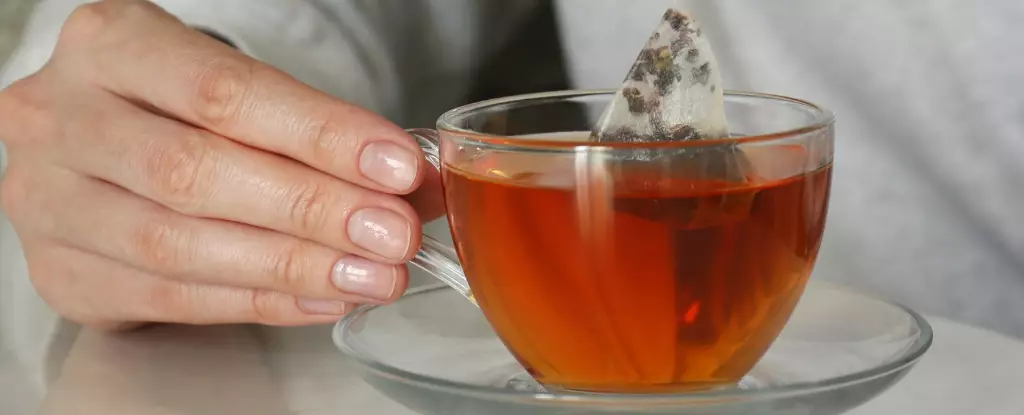Microplastics have become a ubiquitous concern across various ecosystems, permeating natural environments and human health in alarming ways. Often found in unexpected places such as human tissue, ancient geological formations, and even the seemingly innocuous tea bags we use daily, the implications of plastic contamination are far-reaching. A recent study conducted by educators at the Autonomous University of Barcelona has shed new light on a particularly startling source of microplastic pollution: tea bags. This research reveals just how vast the presence of micro- and nanoplastic particles (MNPLs) is in beverages that many considered safe.
The Study Overview
Researchers conducted a detailed investigation into the amount of microplastics released by different commercial tea bags. Utilizing advanced laser technologies to analyze the speed and scattering of light, they were able to accurately identify the physical and chemical properties of the particles released during the brewing process. What they found was shocking; across three different types of tea bags—polypropylene, cellulose, and nylon—the particles released varied dramatically in concentration and size.
Polypropylene tea bags released approximately 1.2 billion particles per milliliter of water, averaging 136.7 nanometers in size. In contrast, cellulose bags expelled about 135 million particles per milliliter—around 244 nanometers—while nylon-6 tea bags yielded a much lower amount at just over 8 million particles per milliliter, with an average size of 138.4 nanometers. These figures present a troubling picture for consumers, suggesting that a seemingly harmless cup of tea could serve as a conduit for harmful plastics.
Beyond mere statistics, the study delves into the potential health risks posed by MNPLs found in tea. The researchers investigated the biological interactions of these particles with human intestinal cells, discovering that certain microplastic levels could lead to absorption deep enough for them to reach the cell nucleus. This finding has significant implications for health, as the ability of plastics to infiltrate cells raises concerns over cellular activity disruption and potential toxicity.
The research team highlighted how the polymer composition of MNPLs alters their biological interactions, which can lead to varying impacts on organs and tissues. These differences may result in unique accumulation patterns and differing toxicity profiles. Alarmingly, synthetic particulates have been linked to adverse effects including genotoxicity (damage to genetic material) and carcinogenicity (the potential to cause cancer), necessitating further investigation into their long-term effects on human health.
Call for Action
The mounting evidence linking plastic contamination to human health concerns calls attention to the need for policy changes regarding plastic use in food packaging. The researchers advocate for standardized regulations governing plastics, particularly in consumer products such as tea bags. As society grapples with the consequences of plastic pollution, it becomes increasingly evident that consumer safety must be prioritized to mitigate these health risks.
Awareness around the adverse effects of microplastics has grown, with studies indicating that the small particles could interfere with normal cell function and increase susceptibility to infections. Furthermore, associations have been drawn between plastics in the gastrointestinal tract and chronic conditions like inflammatory bowel disease (IBD). These health ramifications underline the urgency for comprehensive research and proactive measures to protect public health.
The revelation that tea bags may release billions of microplastics into our cups adds another layer of complexity to the already vast issue of plastic pollution. The analysis undertaken by researchers from the Autonomous University of Barcelona underscores the need for deeper exploration into how these materials interact with human biology and health. As we continue to confront the overarching challenge of plastic contamination, we must be vigilant in demanding accountability and change within the industries that may contribute to our health crises. Safeguarding our health will depend on informed policymaking and responsible consumer choices now more than ever.


Leave a Reply